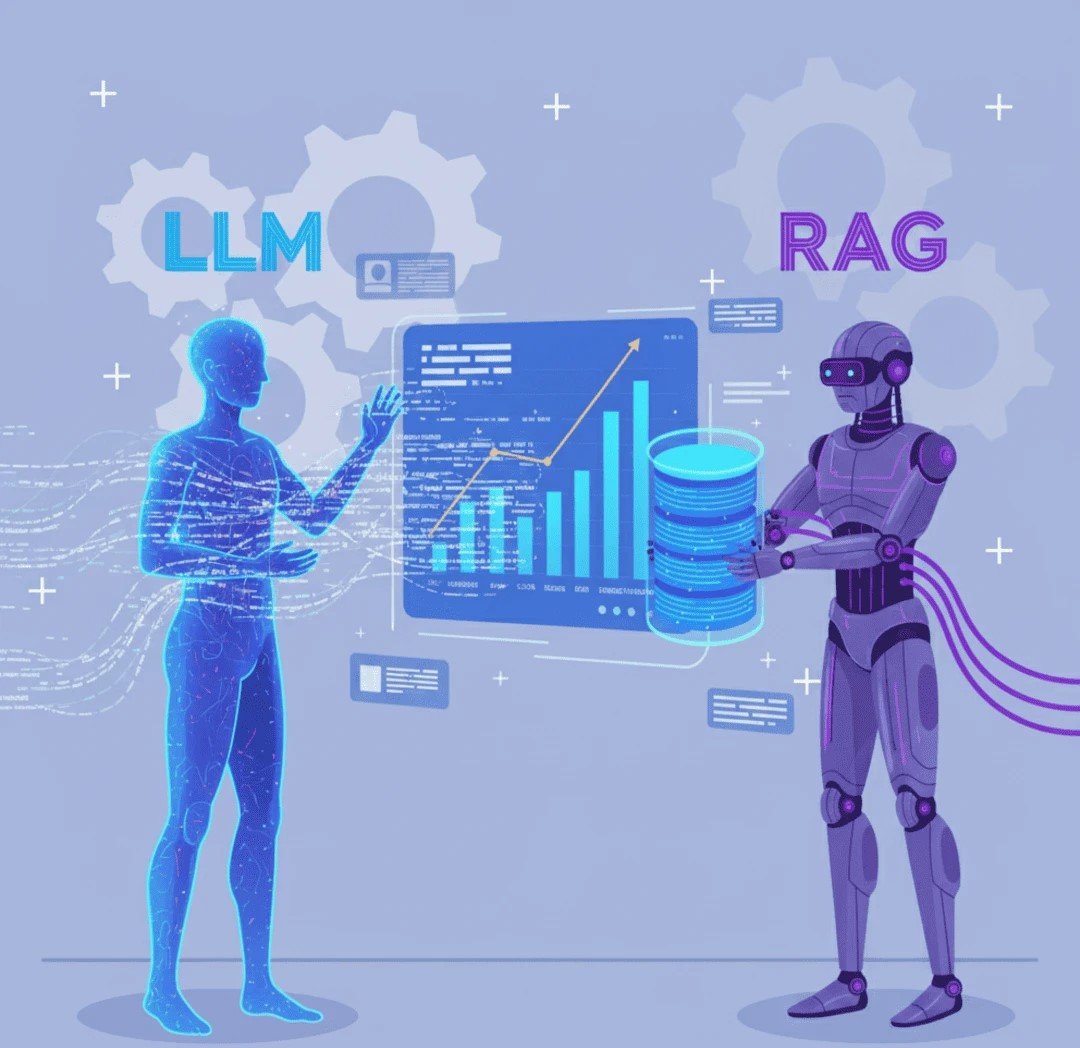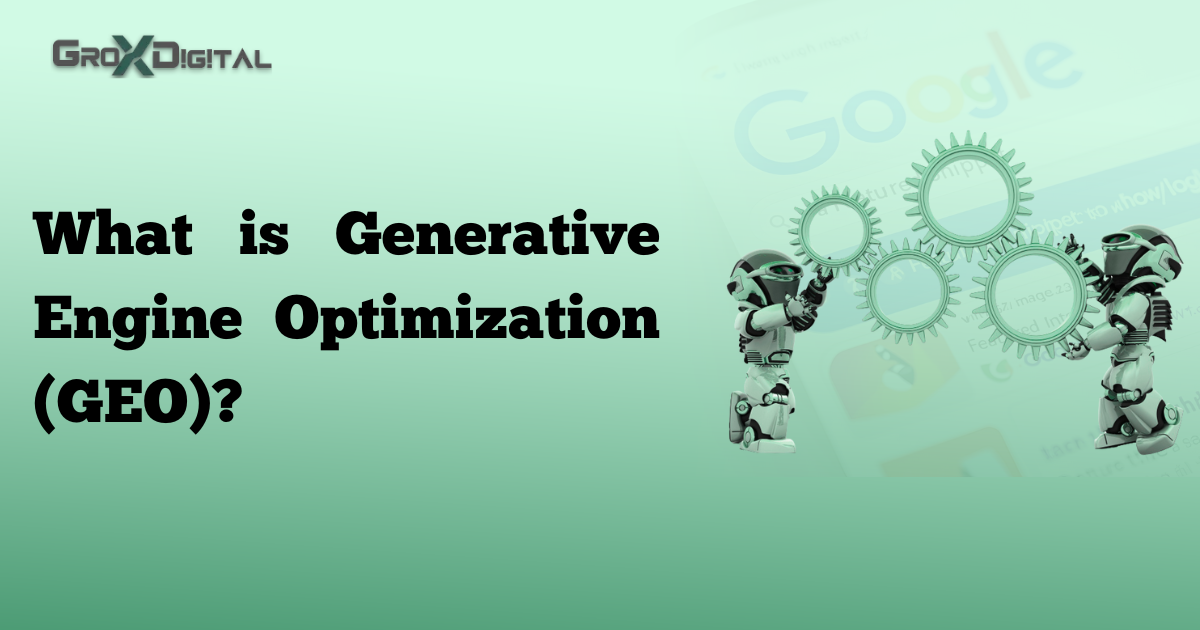Google’s Search Generative Experience (SGE) is revolutionizing the way search functions. Unlike regular search, SGE uses AI to give direct, clear answers instead of just showing links.
This allows users to access relevant information instantly at the top. To have your content appear here, it must be optimized for SGE. This guide explains how, in simple steps, with full details, examples, and best practices.
Table of Contents
| 1. Introduction 2. What is Google SGE? 3. Why Optimizing for Google SGE Matters 4. Step by Step Guide 5. Differences Between Traditional SEO & SGE SEO 6. Best Practices & Mistakes 7. Future of SEO with SGE 8. Conclusion |
What is Google SGE?
SGE, or Search Generative Experience, is Google’s AI system that understands what users ask and gives a direct answer. While traditional search displays links and snippets, SGE presents summaries and key insights.
Key Features of SGE:
- Understands Context: AI knows what your query really means.
- Human-like Answers: Responses are conversational.
- Useful Information: Includes important points, not just links.
Difference from Regular Search:
- Regular Search: Focuses on keywords and links.
- SGE: Focuses on meaning and gives direct answers.
Why Optimizing for Google SGE Matters
SGE visibility isn’t optional anymore; it’s a must. Without SGE optimization, your content may fail to capture audience attention and lose website traffic.
Key Points:
- Direct Answers Reduce Clicks on Links: If your content isn’t featured in AI snippets, your traffic can decline.
- Competition Increases: SGE-optimized content has a higher chance of appearing at the top.
- AI Ready Content Matters: Create content that’s useful for human and understandable by AI.
Step by Step Guide
Step 1: Keyword & Topic Research
Focus on long-tail and semantic keywords that match how people talk. AI can quickly interpret and capture the main idea.
Example: Instead of “SEO tips” use “how to optimize content for AI driven Google search.”
Tools: Google Keyword Planner, Semrush, AIOSEO
Step 2: Understand Search Intent
Classify queries as informational, navigational, or transactional. Align content to directly answer the intent for AI and users.
Step 3: Create Conversational & Contextual Content
Write in a human friendly tone. Use FAQs, bullet points, and subheadings to make content readable and AI-friendly.
Step 4: Optimize for E-E-A-T
Focus on Experience, Expertise, Authoritativeness, Trustworthiness. Include expert credentials, reliable references, and case studies to boost both trust and AI visibility.
Step 5: Structured Data & Schema
Use FAQ, How-to, and similar schema markups so AI can easily interpret your content. Tools: Schema.org, Yoast, AIOSEO
Step 6: Visual & Multimedia Content
Include infographics, charts, videos to increase engagement. Use descriptive alt text for better AI comprehension.
Step 7: Monitor & Continuously Optimize
Track rankings using Google Search Console or Semrush. Update content regularly for freshness and accurate AI snippets.
Differences Between Traditional SEO & SGE SEO
The main difference between traditional SEO and SGE SEO lies in focus. Traditional SEO relies on keywords and backlinks SGE SEO prioritizes context, intent and AI friendly content.
| Feature | Traditional SEO | SGE SEO (Search Generative Experience) |
| Focus | Keywords, backlinks | Context, intent, conversational content |
| Content Approach | SEO-heavy, structured for ranking | Value-first, structured for AI understanding |
| User Experience | Human-focused, click & read | Human + AI-focused, instant answers |
| Ranking Factors | Links, keyword density | Clarity, completeness, E-E-A-T, trustworthiness |
| Result Type | Links, snippets | AI-generated summaries and direct answers |
| Updates | Periodic updates for SEO signals | Regular updates for freshness & AI accuracy |
| Multimedia Use | Optional, mainly text-based content | Highly recommended (images, charts, videos) |
Best Practices & Mistakes
Best Practices:
- Keep content clear and simple
- Use bullet points and numbered lists
- Optimize headings and meta descriptions
Common Mistakes:
- Stuffing keywords
- Ignoring user intent
- Using old SEO tactics
- Poor content structure
Future of SEO with SGE
- AI search will keep growing
- Voice and generative search will affect traffic
- Hybrid SEO (traditional and AI-friendly) will be key
Conclusion
Modern SEO demands content optimized for Google SGE. If you want professional guidance to make your website SEO ready and AI-friendly, check out our SEO Services.
FAQs
Google SGE is an AI-powered system that generates contextual, conversational answers for search queries.
Use semantic keywords, conversational content, structured data, E-E-A-T, and multimedia.
Yes, but SGE optimization enhances AI search visibility.
Yes, but professional guidance ensures faster and more accurate results.









